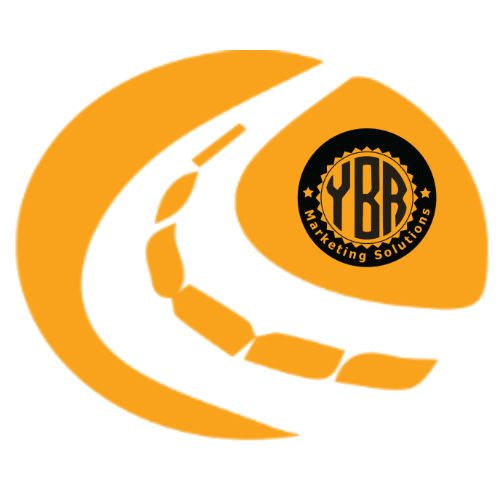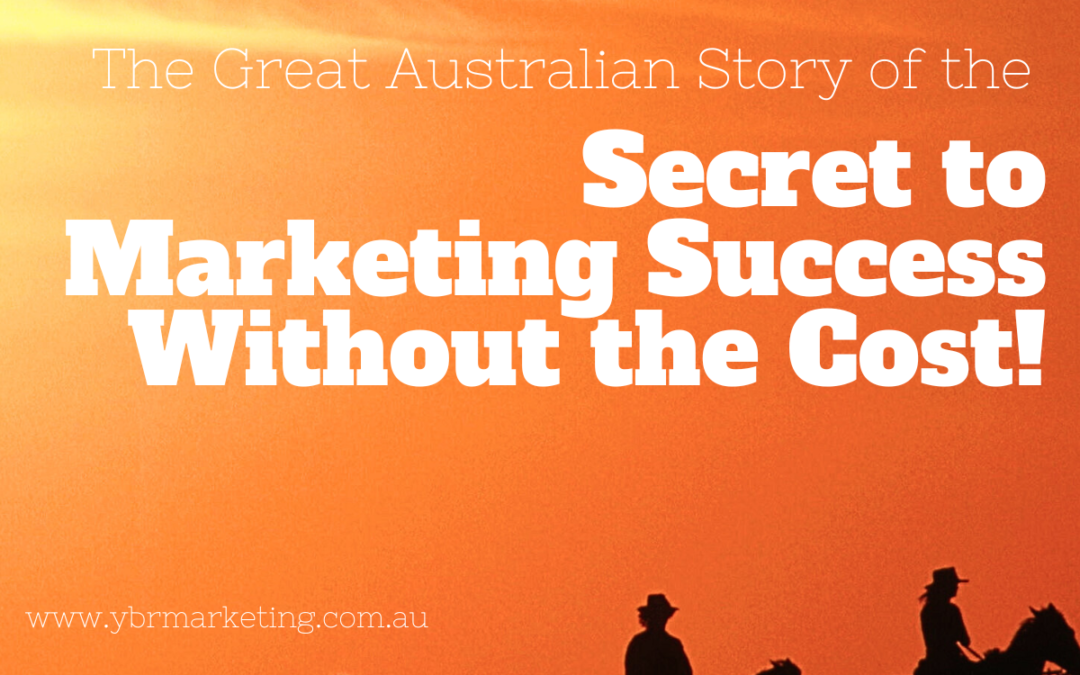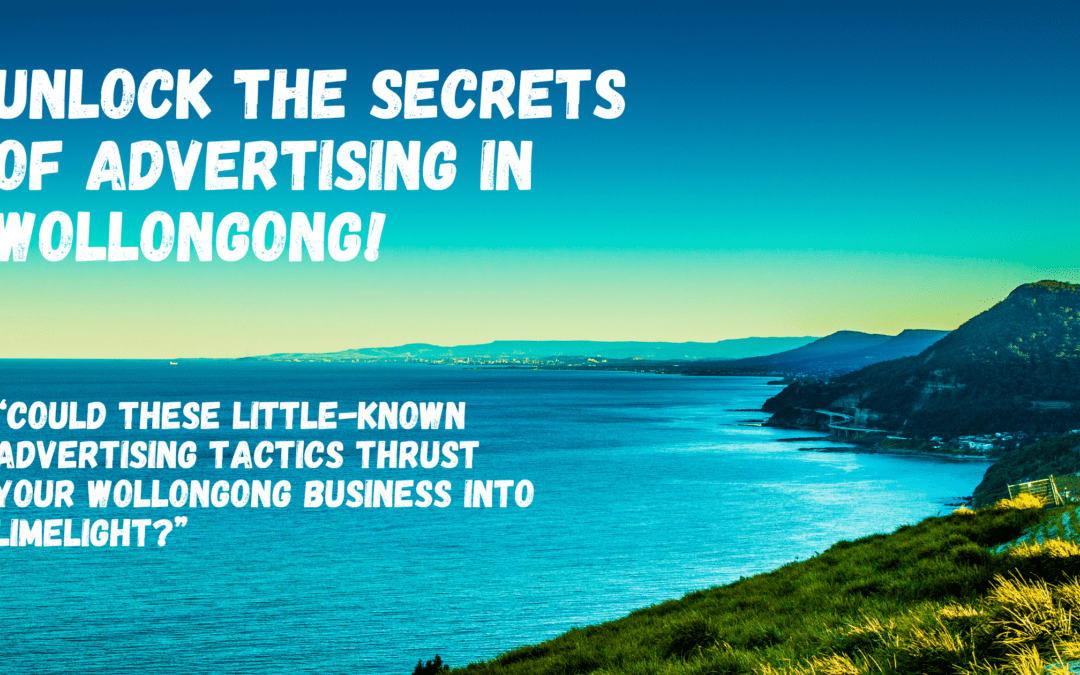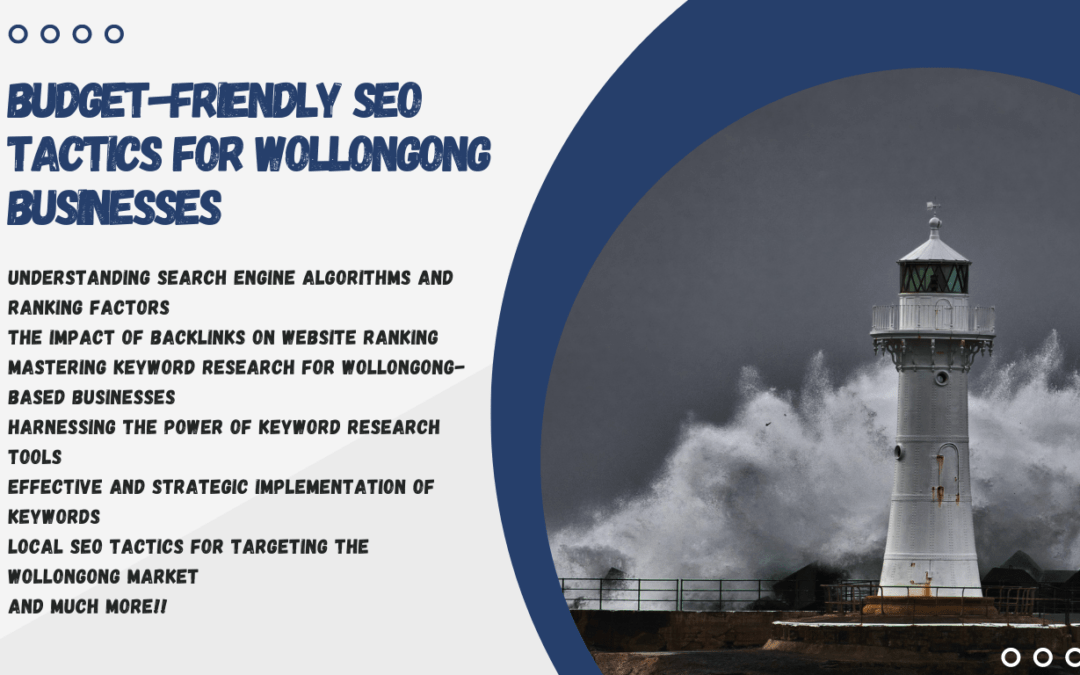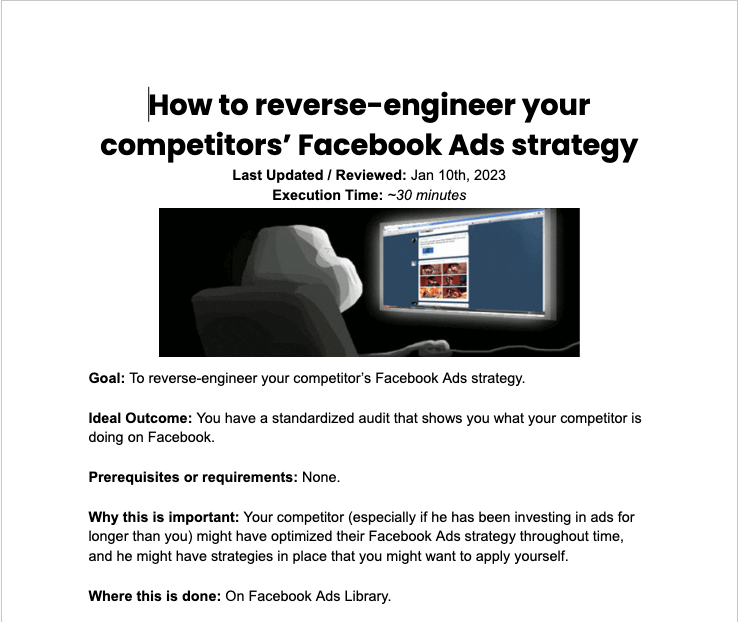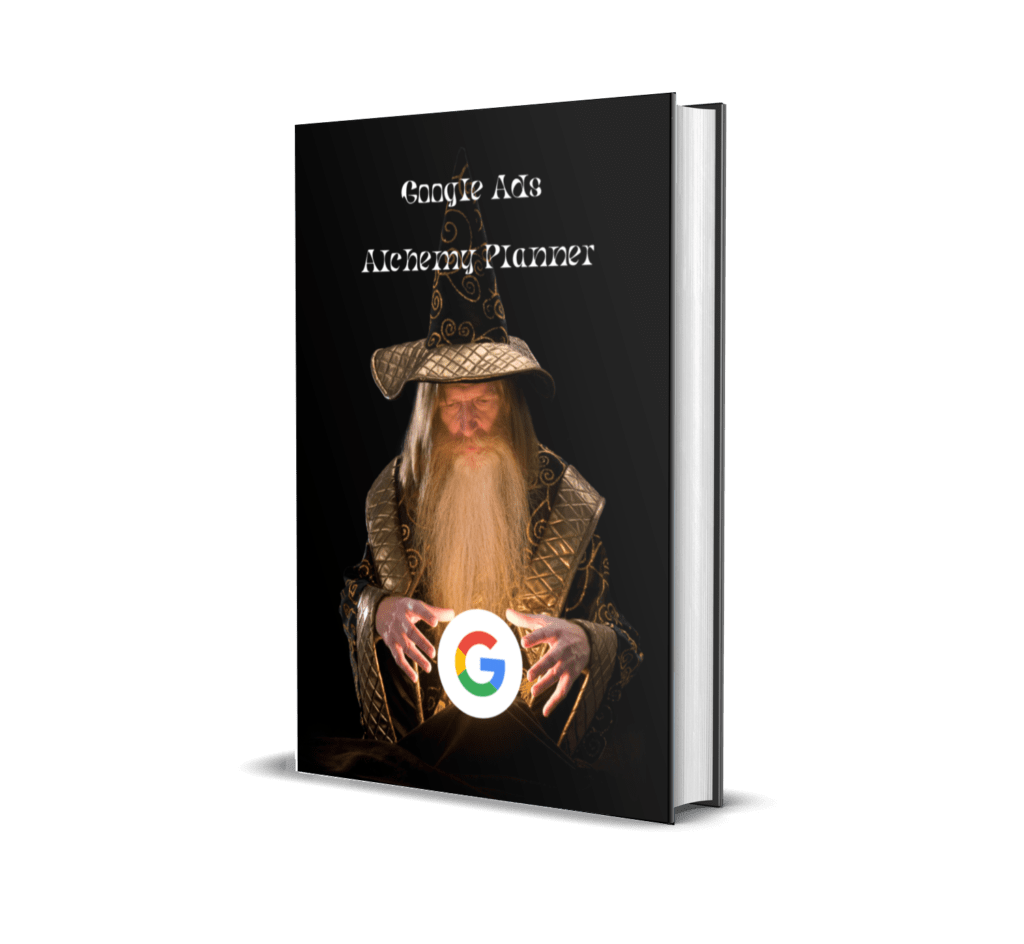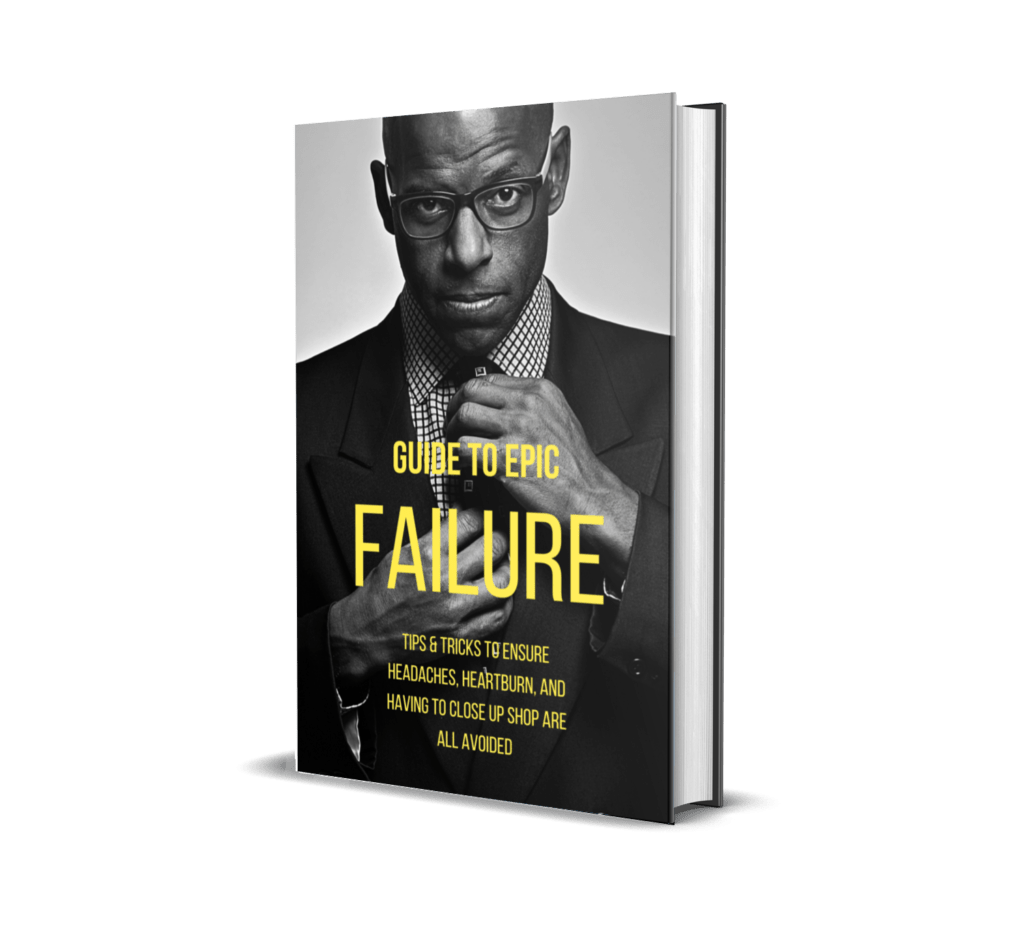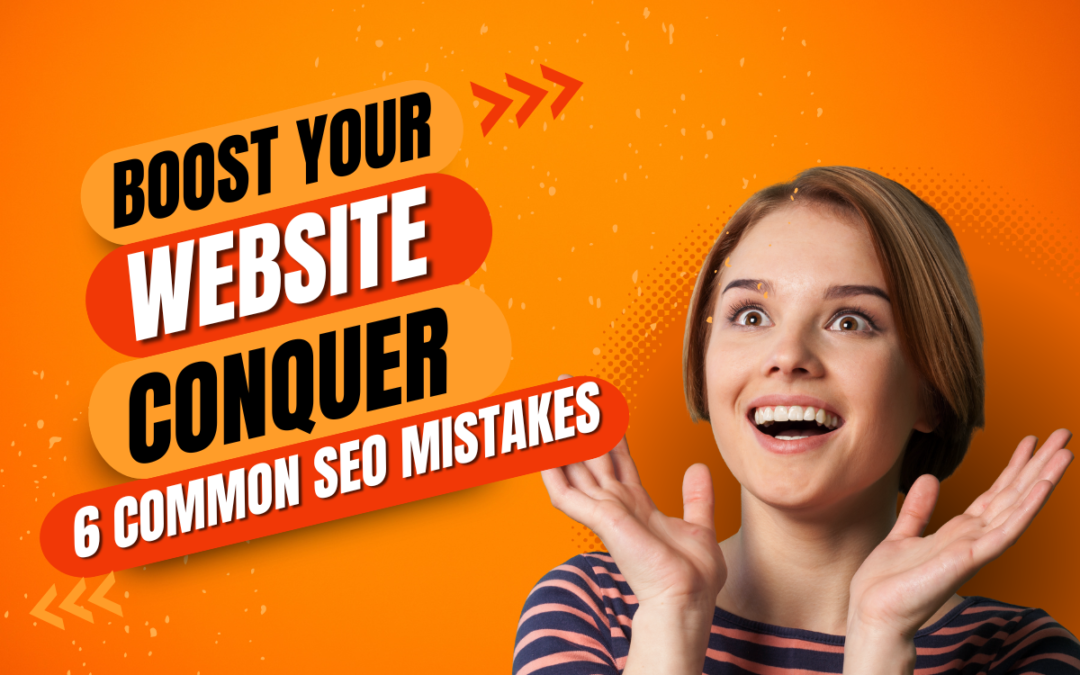
Boost Your Website: Conquer 6 Common SEO Mistakes
Overcoming Common Obstacles & Boosting Your Website’s Visibility
The Frustrated Marketer
Celeste, a Sydney-based marketing manager, poured countless hours into her website. The design was sleek, the content engaging. Yet her site languished on search result pages, invisible to potential clients. Frustrated, Celeste started investigating the shadowy world of Search Engine Optimisation (SEO). She realised making her site search-engine-friendly was a journey, not a destination.
Celeste’s experience is common. SEO’s technical jargon and shifting algorithms can be daunting. But just as a hidden bushwalking track reveals breathtaking views, strategic SEO reveals a wider audience for your Australian business. Let’s tackle those common SEO problems and propel your website to the top!
Problem #1: Technical Troubles
Imagine building an amazing restaurant, but no one knows how to find it – no address, no sign on the street. That’s like a website with technical SEO issues.
- Crawlability and Indexing Woes Search engines like Google use ‘bots’ to map your website. If errors like broken links or rogue tags in your ‘robots.txt’ file block them, it’s like putting up “Do Not Enter” signs for potential customers.
- Slow as a Snail Page Speed In our fast-paced world, nobody waits. Sites that load slowly frustrate users and make Google grumpy. A recent Australian study found a mere 1-second delay can decrease customer satisfaction up to 16%.
- Mobile Unfriendliness More Australians now search on their phones than computers. If your site’s not optimised for smaller screens, it’s like inviting people to a dinner party with toddler-sized chairs.
Solutions
- Get a Technical Checkup. Tools like Google Search Console and Bing Webmaster diagnose indexing and crawling problems. Don’t be afraid to call in an SEO expert if it’s too complex.
- Speed Things Up. Compress images, optimise code, and consider a Content Delivery Network (CDN) to boost load times.
- Mobile-First Matters. Use of a Mobile-Friendly Test tool and prioritise responsive design that adapts effortlessly to all devices.
Problem #2: The Content Conundrum
- Thin and Fluff-Filled Content Think of content as nourishing food for search engines. Skimpy, low-quality pages leave websites malnourished in the rankings.
- Keyword Chaos. Keyword stuffing (cramming irrelevant keywords) was an old-school trick that now gets you penalised. Worse yet, no relevant keywords means search engines don’t understand what your page is about.
- Duplicate Delights. Accidentally copying content across your site or from other sources confuses search engines and dilutes your authority.
Solutions
- Serve Up Substantial Meals. Aim for in-depth, informative content that genuinely helps users. Research shows longer articles tend to perform better.
Target the Right Flavor. Keyword research tools (Ubersuggest, Semrush) reveal what your Australian audience is actually searching for. Use those terms naturally throughout your content.
Example 1: Plumber in Sydney
- Title: Fast, Reliable Plumbers in Sydney | 24/7 Emergency Service
- Meta Description: Need a Sydney plumber ASAP? We fix leaks, taps, hot water & more. Licensed, experienced, affordable rates. Get a free quote now!
- Keywords: Sydney plumber, emergency plumber Sydney, plumbing repairs, hot water systems Sydney, blocked drains Sydney
- Hashtags: #Sydneyplumber, #plumbingservices, #plumbingemergency, #Sydneyhome, #Sydneyrepairs
- Keep it Original. Plagiarism checkers like Copyscape protect your reputation, and search engines reward freshness.
Problem #3: Neglected User Experience (UX)
- Confusing Navigation If your website is a maze, visitors get lost and frustrated. Search engines notice that high ‘bounce rate’ (people leaving quickly) and downrank you.
- Unreadable Walls of Text. Giant text blocks scare readers off. A poor user experience tells search engines your site isn’t helpful to humans, despite any technical SEO wins you may have.
- Lack of Visuals “A picture’s worth a thousand words,” especially in an age of short attention spans. Images and videos boost engagement and can be optimised for search as well.
Solutions
- Map Your Journey. Clear menus and logical structure make your site a pleasure to navigate. Card sorting exercises can help visualise the ideal flow.
- Spacing is Your Friend. Break text with headings, bullet points, and short paragraphs.
- Illustrate Your Point. Infographics, photos, and relevant videos enhance the user experience. Don’t forget descriptive ‘alt text’ for images so search engines understand them, too.
Problem #4: The Backlink Blues
Backlinks (links from other websites to yours) are like votes of confidence. High-quality backlinks signal authority to search engines.
- Link Desert. Your brilliant website sits unloved and undiscovered because nobody knows it exists. Without backlinks, it’s hard to climb those rankings
- Shady Neighborhoods. Backlinks from spammy or low-quality websites can hurt your reputation with search engines.
Solutions
- Become Link-Worthy. Create amazing content that people naturally want to share and reference. This is how you earn organic backlinks.
- Targeted Outreach. Identify relevant Australian websites or blogs and pitch them on why linking to your content would benefit their readers (guest posts, resource lists, etc.).
- Disavow the Baddies Google’s Disavow tool lets you tell them to ignore spammy backlinks. Note: Use this with caution under expert guidance.
Problem #5: Ignoring Local SEO (A Big Aussie Mistake)
If you serve a local area, optimising for “near me” searches is crucial. Sadly, many Australian businesses miss out on this golden opportunity.
- Missing Maps Not claiming and optimising your Google Business Profile is like foregoing a giant, free billboard.
- Inconsistent NAP Your business Name, Address, Phone (NAP) must be accurate and consistent across the web – online directories, social media, etc.
- No Location Love. Neglecting to include geo-specific keywords and content on your site makes it harder for local customers to find you.
Solutions
- Get on the Map. Claim and fully complete your Google Business Profile. Encourage customer reviews – they build trust!
- Be Consistent, Dear Watson. NAP discrepancies confuse search engines. Tools like Local Listings help manage listings across directories.
- Show Your Local Pride. Feature location-based content, customer testimonials, and use keywords like “[service] in [your city]”.
Uncommon SEO Issues
- Neglecting Voice Search How people ask questions out loud is different than typing. Optimise for conversational queries.
- Forgetting Image SEO – Descriptive file names, alt-text, and image size matter for search image results.
- Ignoring ‘EAT’. Google loves Expertise, Authority, & Trustworthiness. Build these through quality content, industry recognition, and link building.
Popular and Highest Ranking Keywords (Australia): To integrate strategically throughout your SEO efforts, consider:
- General + Brand Name: “weather”, “news”, “YouTube”, “Facebook”
- Services Australians Seek: “plumber Sydney”, “electrician near me”, “tax accountant”
- Informational/How-to Queries: “best coffee in Melbourne”, “how to fix a leaky tap”
Conquer SEO Beasts, Boost Your Website!
Think of SEO less like a boring rulebook, and more like a treasure map. With a sprinkle of smarts and a love for your community, you can turn those tricky SEO challenges into opportunities for dazzling growth. Remember, success is about telling your own story, your own way!
The SEO Adventure Continues
Celeste, our frustrated marketer, now views SEO as an ongoing quest, not a magic checklist. By tackling these issues, she’ll transform her site into a beacon, attracting more of her ideal customers. And just like that hidden bushwalking track, the rewards are more than worth the effort!
YBR Marketing: Your trusty sidekicks on the SEO quest
Got tangled up with techy terms? Stumbling over sneaky SEO monsters?
Are any of these SEO hurdles tripping up your website? Let’s chat! Tell me your biggest challenge in the comments below, or book a free consultation for personalised advice.
Wishing you epic website wins,
 Red
Red
Drop us a Line 📞 🗝 1300 902 588
Follow Us on Social ⏬⏬
